Why Outdoor Kitchen Countertop Maintenance Matters
Outdoor kitchens have become a staple of modern home living, offering an extension of indoor entertaining and cooking. Whether you’re grilling burgers in the summer or hosting friends for wine under the stars in the winter, your outdoor kitchen countertop is the workhorse of this space.
But unlike indoor countertops, outdoor kitchen countertops are constantly exposed to the elements—sunlight, rain, snow, temperature fluctuations, and even pests. Without proper care, these surfaces can degrade quickly, leading to cracks, stains, fading, and costly repairs.
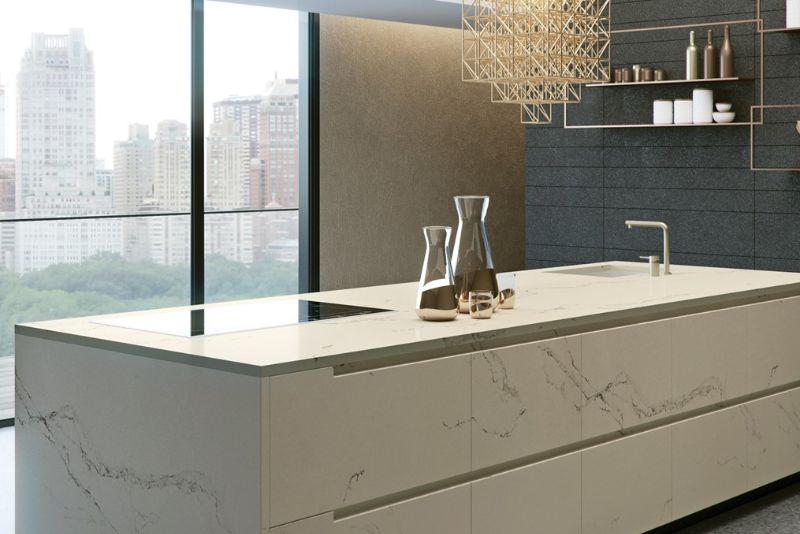
In this comprehensive guide, we’ll walk you through everything you need to know about how to maintain outdoor kitchen countertops year-round , tailored to different materials such as granite, quartz, concrete, stainless steel, and more. You’ll learn:
- The best cleaning practices for each season
- How to protect your counter from weather damage
- When and how to seal natural stone surfaces
- Common mistakes to avoid
- And much more
By the end of this article, you’ll be equipped with proven strategies to keep your outdoor kitchen countertops looking new every season of the year .
Understanding Your Countertop Material – The First Step in Proper Maintenance
Not all outdoor kitchen countertops are created equal. Each material has its own strengths, weaknesses, and maintenance needs. Choosing the right cleaning and protection methods starts with knowing what kind of surface you’re working with.
Natural Stone (Granite, Marble, Limestone)
Natural stone countertops like granite and limestone are popular choices for their elegance and durability. However, they are porous and require regular sealing to prevent staining and water absorption.
Pros: Heat-resistant, durable, timeless appearance
Cons: Porous, requires frequent sealing, susceptible to acidic substances
Quartz (Engineered Stone)
Quartz countertops are engineered from natural quartz and resins. They are non-porous, making them highly resistant to stains and bacteria growth.
Pros: Low maintenance, stain-resistant, consistent color
Cons: Can fade over time with UV exposure, not heat-proof
Concrete
Concrete countertops offer a customizable, industrial look. They can be stained, stamped, or shaped to fit any design.
Pros: Durable, customizable, unique finish
Cons: Needs sealing, prone to cracking if not reinforced
Stainless Steel
Common in commercial outdoor kitchens, stainless steel countertops are highly functional and easy to clean.
Pros: Heat and moisture resistant, hygienic, scratch-resistant
Cons: Prone to dents, fingerprints, and corrosion if not properly maintained
Tile
Tile countertops are versatile and come in endless designs. However, they require careful attention to grout lines which can trap dirt and mold.
Pros: Visually appealing, heat-resistant, customizable
Cons: Grout maintenance, uneven surface
Understanding your specific countertop material ensures that you apply the correct maintenance techniques throughout the year.
Seasonal Maintenance Guide – A Month-by-Month Breakdown
Keeping your outdoor kitchen countertops in top condition means adapting your maintenance routine to the changing seasons. Here’s how to care for your counters no matter where you live.

Spring – Deep Clean and Restore
Spring is the perfect time to give your outdoor kitchen a thorough cleaning after the cold months. Follow these steps:
- Remove all items from the countertop, including appliances and decor.
- Use a mild detergent or stone-safe cleaner mixed with water to scrub the surface.
- Rinse thoroughly with clean water and dry with a soft cloth.
- If using natural stone, reapply sealer after cleaning.
- Inspect for cracks or wear and repair promptly.
This is also a great time to inspect your grill and other appliances for any leaks or damage that may affect your countertop.
Tip: Use a squeegee after washing to prevent water spots and help your sealer last longer.
Summer – Protect Against UV Exposure and Stains
Summer brings higher temperatures, increased UV exposure, and more frequent use of your outdoor kitchen. Here’s how to protect your countertops:
- Avoid placing hot pots/pans directly on quartz or tile surfaces—use trivets.
- Wipe up spills immediately , especially acidic ones like lemon juice or tomato sauce.
- Cover your countertops when not in use to prevent sun fading , especially for quartz and certain colored tiles.
- Reapply protective coatings or sealers if needed, particularly for concrete and natural stone.
Tip: Keep a spray bottle of mild soap and water handy for quick cleanups during parties or BBQs.
Fall – Prepare for Cooler Weather
As temperatures begin to drop, it’s important to take steps to protect your countertop from moisture and freezing conditions.
- Perform a final deep clean before winter hits.
- Check for any existing cracks or chips and repair them before winter moisture sets in.
- Apply a fresh layer of sealer to porous materials like granite or concrete.
- Consider installing a high-quality cover or awning to protect from falling leaves and early rain.
Tip: Avoid harsh chemical cleaners that could damage sealants or harm nearby plants.
Winter – Prevent Freeze Damage
Even if you’re not using your outdoor kitchen as often in the winter, it still needs care to survive the cold.
- Keep the countertop clear of snow and ice —don’t use metal tools or deicers containing salt.
- For concrete countertops, ensure they are sealed to prevent freeze-thaw cycles from causing cracks.
- If you live in a region with severe winters, consider removable covers or temporary structures to protect your outdoor kitchen.
Tip: Don’t let standing water accumulate—drainage is key to avoiding long-term damage.
Best Cleaning Practices for Outdoor Countertops
Proper cleaning is essential to maintaining both the look and longevity of your outdoor kitchen countertops . Here’s how to do it right:
Daily Cleaning Routine
For daily upkeep:
- Wipe down the surface with a soft cloth and warm soapy water .
- Avoid abrasive sponges or pads that can scratch the surface.
- Dry the counter after cleaning to prevent water spots and mineral buildup .
Weekly Deep Cleaning
Once a week:
- Use a stone-safe or quartz-safe cleaner depending on your material.
- Gently scrub the surface with a soft brush or microfiber cloth.
- Rinse well and dry completely.
- Pay special attention to areas around the grill or sink where grease and food residue build up.
Dealing with Stains
Different materials respond differently to stains:
- For oil-based stains : Use a poultice made of baking soda and water. Leave it on the stain for 24 hours, then wipe away.
- For organic stains (wine, coffee) : Hydrogen peroxide works well on light-colored stones.
- For rust or metallic stains : Use a specialized rust remover safe for stone or stainless steel.
Always test cleaning products on a small area first to avoid damaging the surface.
Sealing and Protection – The Secret to Longevity
One of the most overlooked aspects of maintaining outdoor kitchen countertops is sealing. Here’s how to do it right:
When to Seal
Check if your countertop needs sealing by performing the water test :
- Pour a small amount of water onto the surface.
- Wait 10–۱۵ minutes.
- If the water beads up and doesn’t penetrate, your sealer is still effective.
- If the surface darkens or absorbs the water, it’s time to reseal.
How to Apply Sealer
- Clean the countertop thoroughly and allow it to dry.
- Apply the sealer evenly using a clean cloth or applicator pad.
- Let it sit for the recommended time (usually 10–۱۵ minutes).
- Wipe off any excess sealer.
- Allow the surface to cure for at least 24 hours before use.
Tip: Choose a breathable sealer that allows the stone to release moisture naturally without trapping it inside.
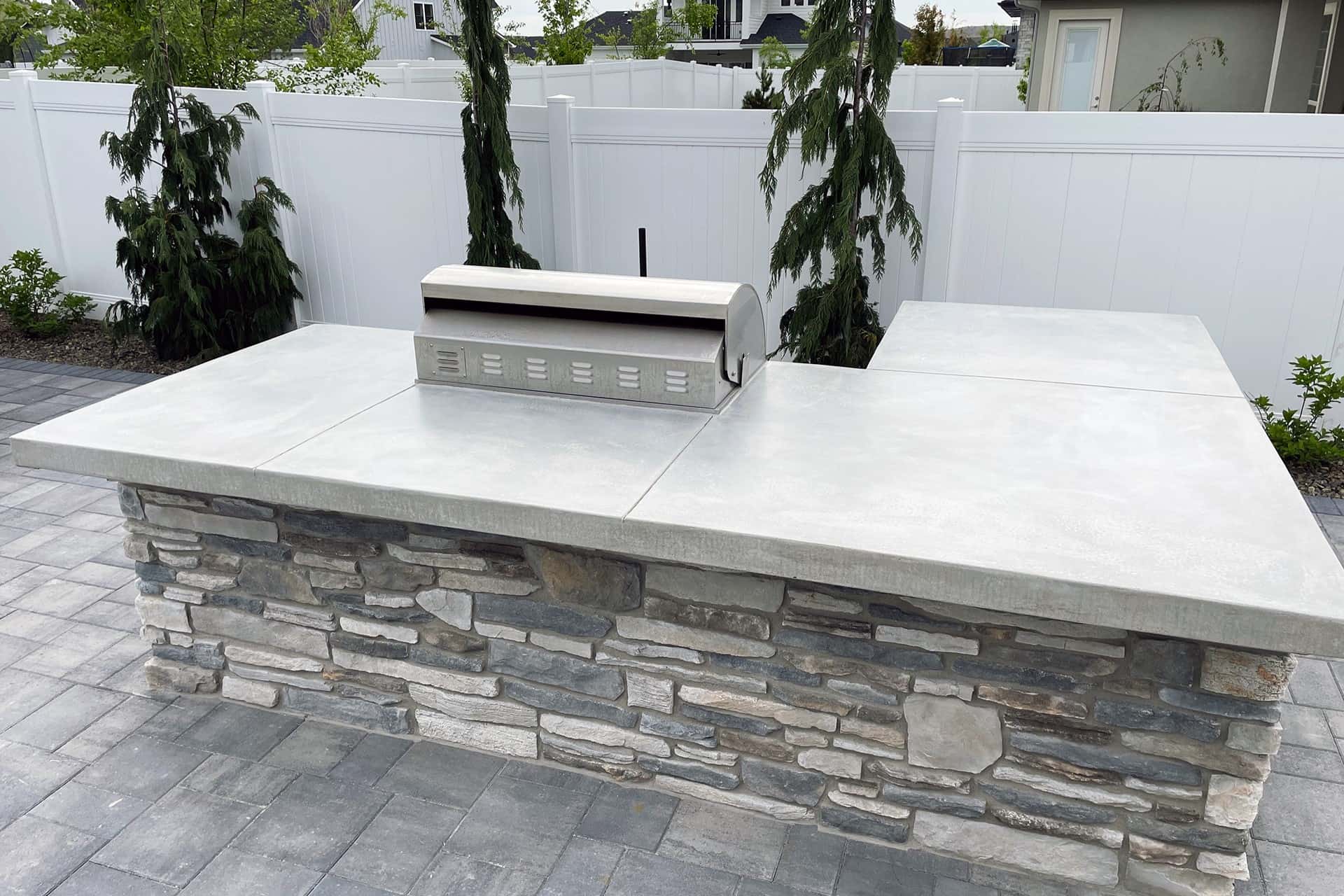
Seasonal Accessories and Solutions for Better Protection
Protecting your outdoor kitchen countertops doesn’t just mean cleaning and sealing—it also involves smart design and accessories.
Invest in Quality Covers
A custom-fit cover designed for outdoor kitchens provides excellent protection against rain, sun, dirt, and bird droppings. Look for covers made from UV-resistant, waterproof materials like polyester or canvas.
Install a Retractable Awning
An awning offers shade and protection while allowing you to enjoy your outdoor space regardless of the weather. It’s especially useful for preventing direct sunlight from fading quartz or porcelain surfaces.
Add Backsplashes and Edging
Backsplashes help protect the walls behind your countertops from splatters and stains. Raised edging prevents liquids from running off the counter and damaging adjacent surfaces.
Use Coasters and Trivets
To prevent heat damage, always use trivets under hot cookware and coasters under glasses. This is especially important for quartz and tile countertops.
Troubleshooting Common Issues
Even with regular maintenance, issues can arise. Here’s how to deal with some common problems:
Cracks and Chips
Small cracks can usually be filled with epoxy or stone repair kits available at hardware stores. Larger cracks may require professional intervention. Always match the color of the filler to your countertop.
Fading and Discoloration
UV exposure can cause some materials, especially quartz and concrete, to fade over time. To prevent this, use UV-protective sealers or install shading solutions like pergolas or umbrellas.
Mold and Mildew
If you notice black spots or musty smells, you likely have mold or mildew growing in grout lines or shaded corners. Mix equal parts water and white vinegar, apply to the affected area, let sit for 10–۱۵ minutes, scrub gently, and rinse.
Etching on Natural Stone
Etching occurs when acidic substances react with calcium-rich stone like marble. Use a stone polishing powder or etch remover to restore the shine.
Hiring Professionals vs. DIY Maintenance
While many maintenance tasks can be done yourself, there are times when hiring a professional makes sense.
When to Call a Pro
- Deep-seated stains that won’t come out
- Large cracks or structural damage
- Refinishing or honing stone surfaces
- Annual inspections for long-term maintenance
Professionals have access to industrial-grade equipment and products that can extend the life of your outdoor kitchen countertops significantly.
DIY Tips for Success
- Always follow manufacturer instructions for sealers and cleaners.
- Keep a maintenance log to track when you cleaned, sealed, or repaired your countertops.
- Store cleaning supplies safely away from children and pets.
- Watch tutorials or read reviews before trying a new product.

Conclusion: Keep Your Outdoor Kitchen Looking Great All Year Round
Maintaining your outdoor kitchen countertops year-round isn’t difficult—but it does require consistency, knowledge, and the right tools. By understanding your countertop material and adjusting your care routine for each season, you can enjoy a beautiful, functional outdoor kitchen for years to come.
From spring cleaning rituals to winter prep, every step you take contributes to preserving the beauty and integrity of your outdoor space. Whether you choose granite, quartz, concrete, or stainless steel, a little effort goes a long way in protecting your investment and enhancing your outdoor lifestyle.
Remember, the key to long-lasting countertops is proactive maintenance—not waiting until problems arise. With the tips and strategies outlined in this guide, you’re now fully equipped to keep your outdoor kitchen countertops in pristine condition , no matter the season.
So go ahead—fire up the grill, pour a glass of wine, and enjoy your well-maintained outdoor oasis!
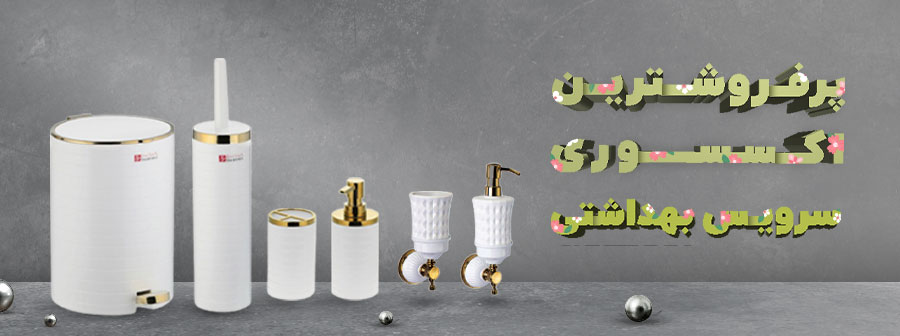

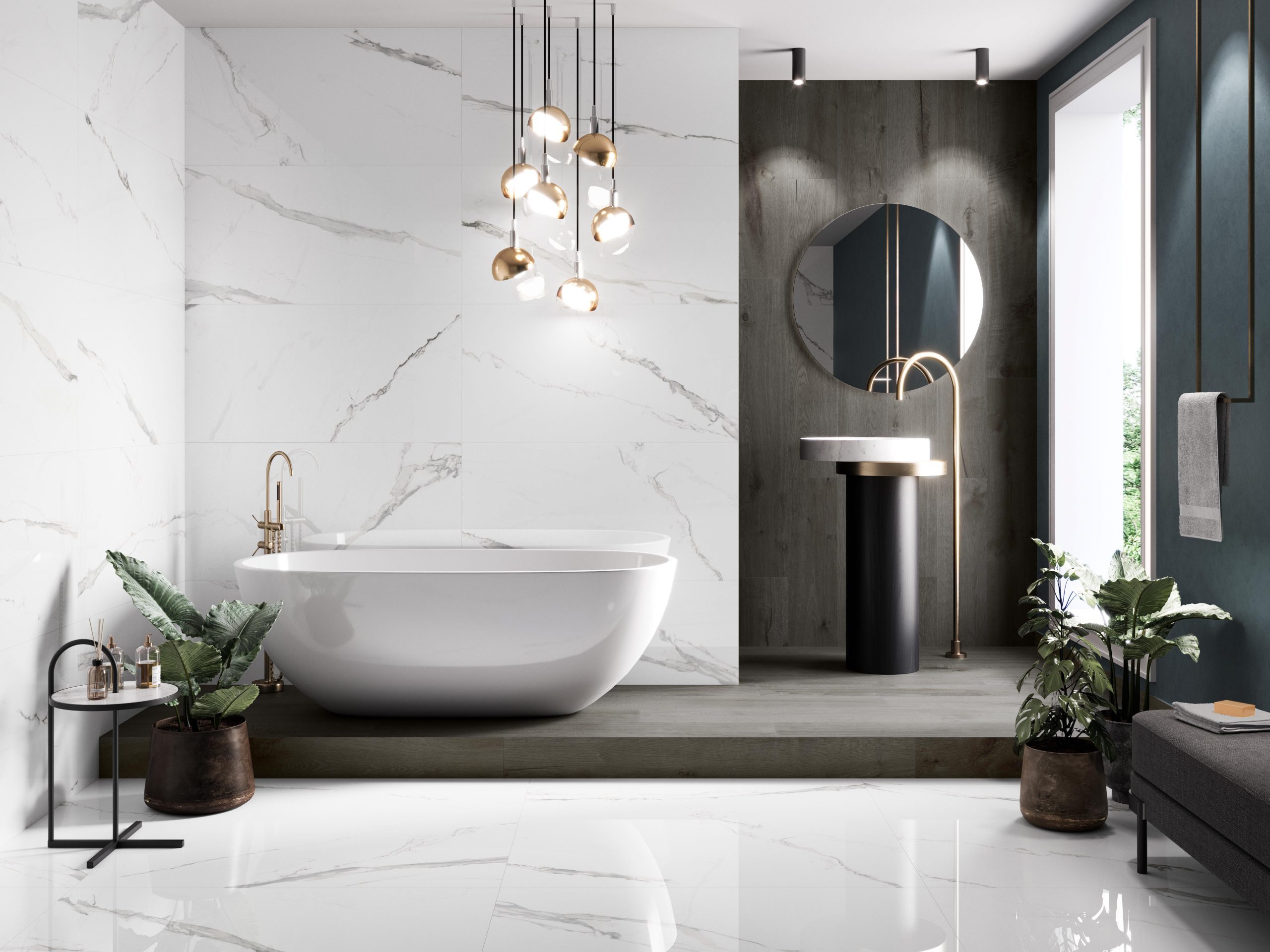
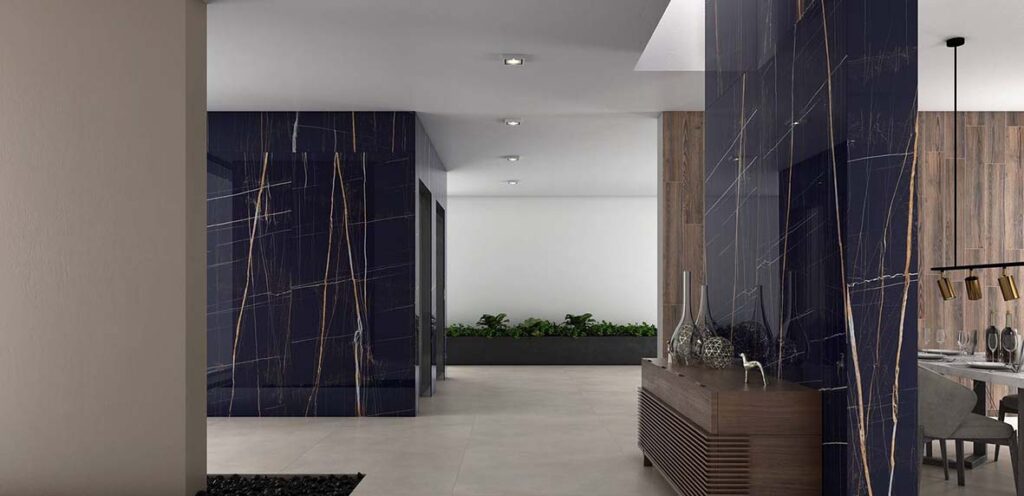

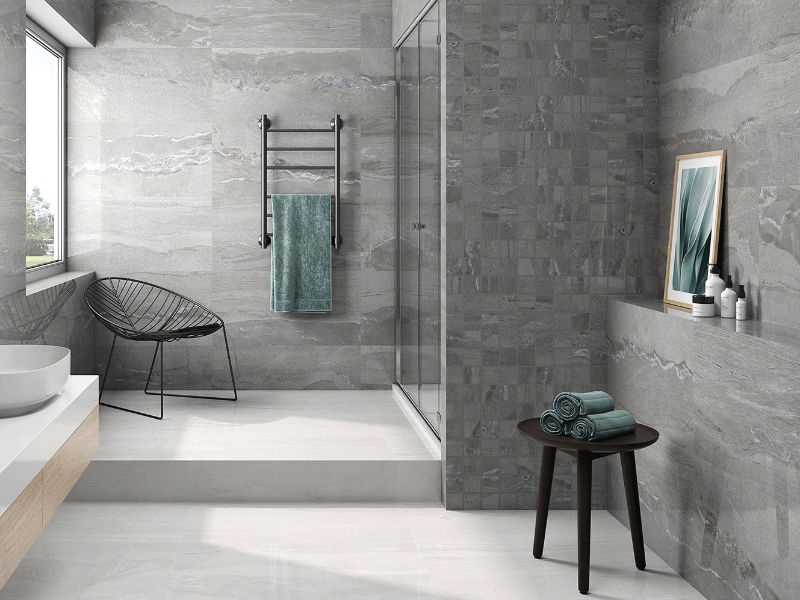
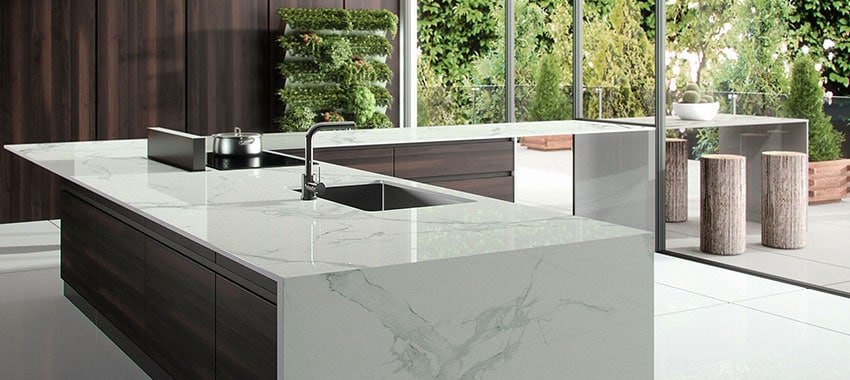
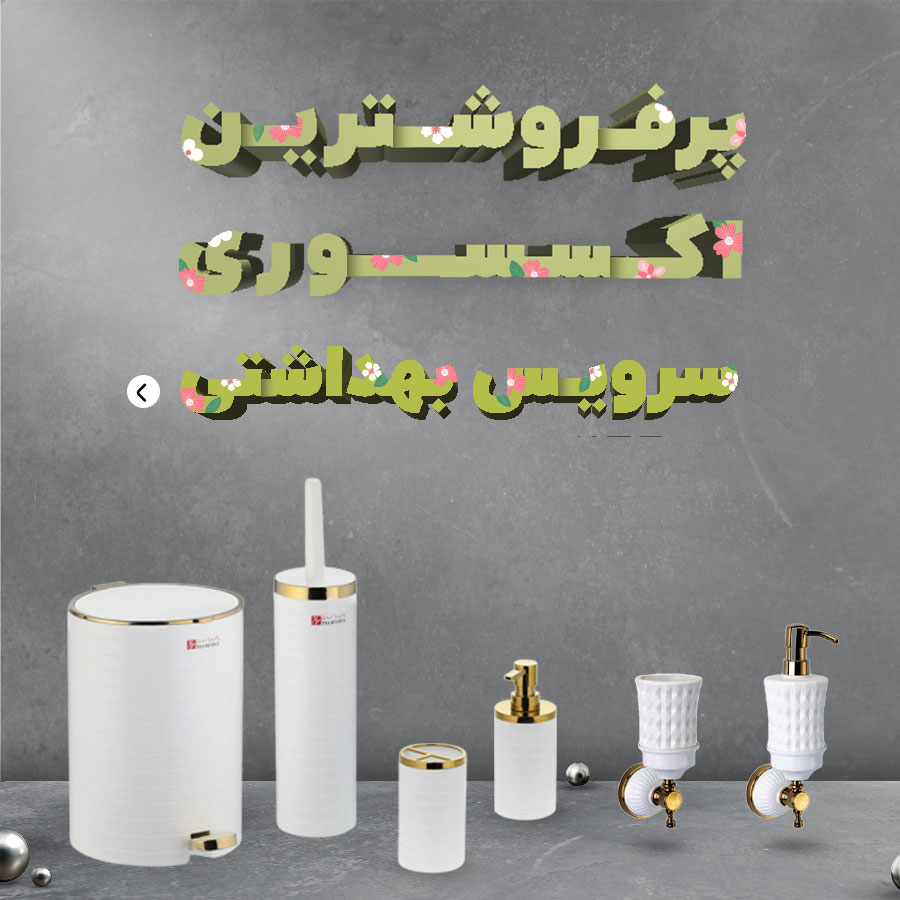

نظرات ۰